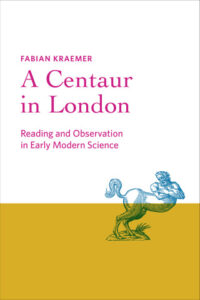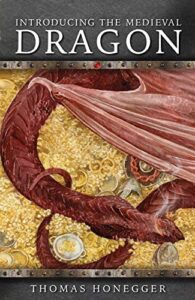For good or for ill, and I’m of the opinion that it is not entirely one or the other, with the development of various technologies and changes in the way the natural world was viewed, many societies have become quite literally disenchanted. And yet…

For good or for ill, and I’m of the opinion that it is not entirely one or the other, with the development of various technologies and changes in the way the natural world was viewed, many societies have become quite literally disenchanted. And yet…

It is not known with any high degree of confidence whether the centaurs of London favoured pineapple and coconut based alcoholic beverages, frequented mock-Polynesian cocktail lounges, or sported immaculately maintained hairstyles, as did the more popularly known lycanthropes of that same city.

When you or I read “The Hobbit,” or “The Dragon Riders of Pern,” or even perhaps “The Apocalypse of John,” it’s rather unlikely that we think of the dragons depicted therein as objectively real creatures – either in the distant past or in the present (well, at least it is for me). That’s because in our post-modern world, we divide the things we can prove or at least think can be proven from those that we deem to exist exclusively in human imagination. However for those living in the British Isles a millennium ago – give or take a few centuries – such creatures as dragons were unquestionably as real as the person sitting next to you in the mead hall.

The phrase “here there be dragons,” so famously seen on old maps indicating places where there were great and mysterious dangers to be found, was not so very long ago not simply a metaphor. In fact, no less an authority on natural philosophy (what would later become known as natural history) than Linnaeus himself included […]